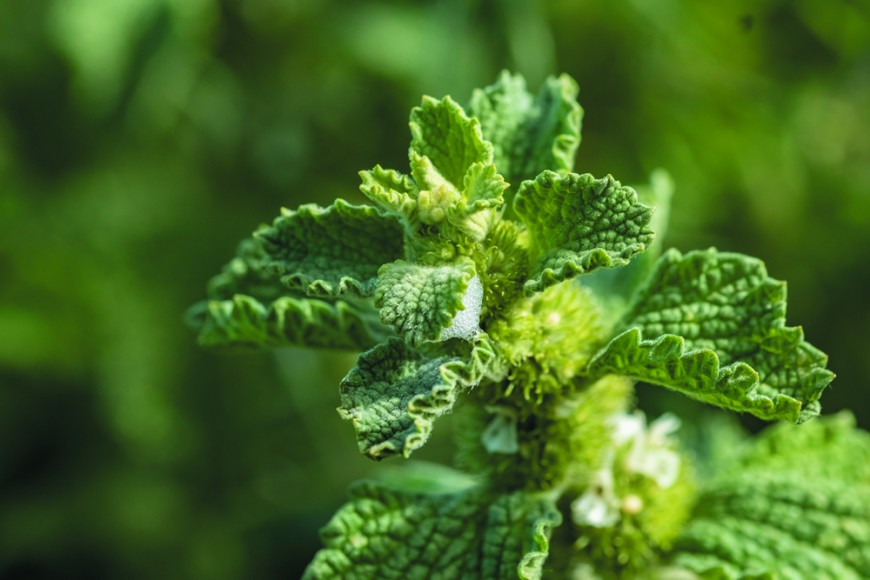
We are now using two moth species in the biological control of the invasive weed horehound
The weed displaces preferred forage plants, reducing pasture productivity. Horehound also produces hooked burrs (seed capsules) that stick to the wool of sheep, and this downgrades the quality of the fleece. Horehound is most abundant in Canterbury and Otago, but it has become an increasing problem on dryland farms across the country. It is now recognised as one of the worst weeds in lucerne crops. Negative economic impacts to farmers may be as high as $29−39 million annually.
The Horehound Biocontrol Group is a collective of landowners supported by a grant from the Sustainable Farming Fund. Manaaki Whenua is the science provider to the group. The application to introduce two moths as biological control agents for horehound was approved by the Environmental Protection Authority in December 2018. Larvae of the horehound plume moth (Wheeleria spilodactylus) attack the above-ground vegetation, and larvae of the horehound clearwing moth (Chamaesphecia mysiniformis) attack the roots.
